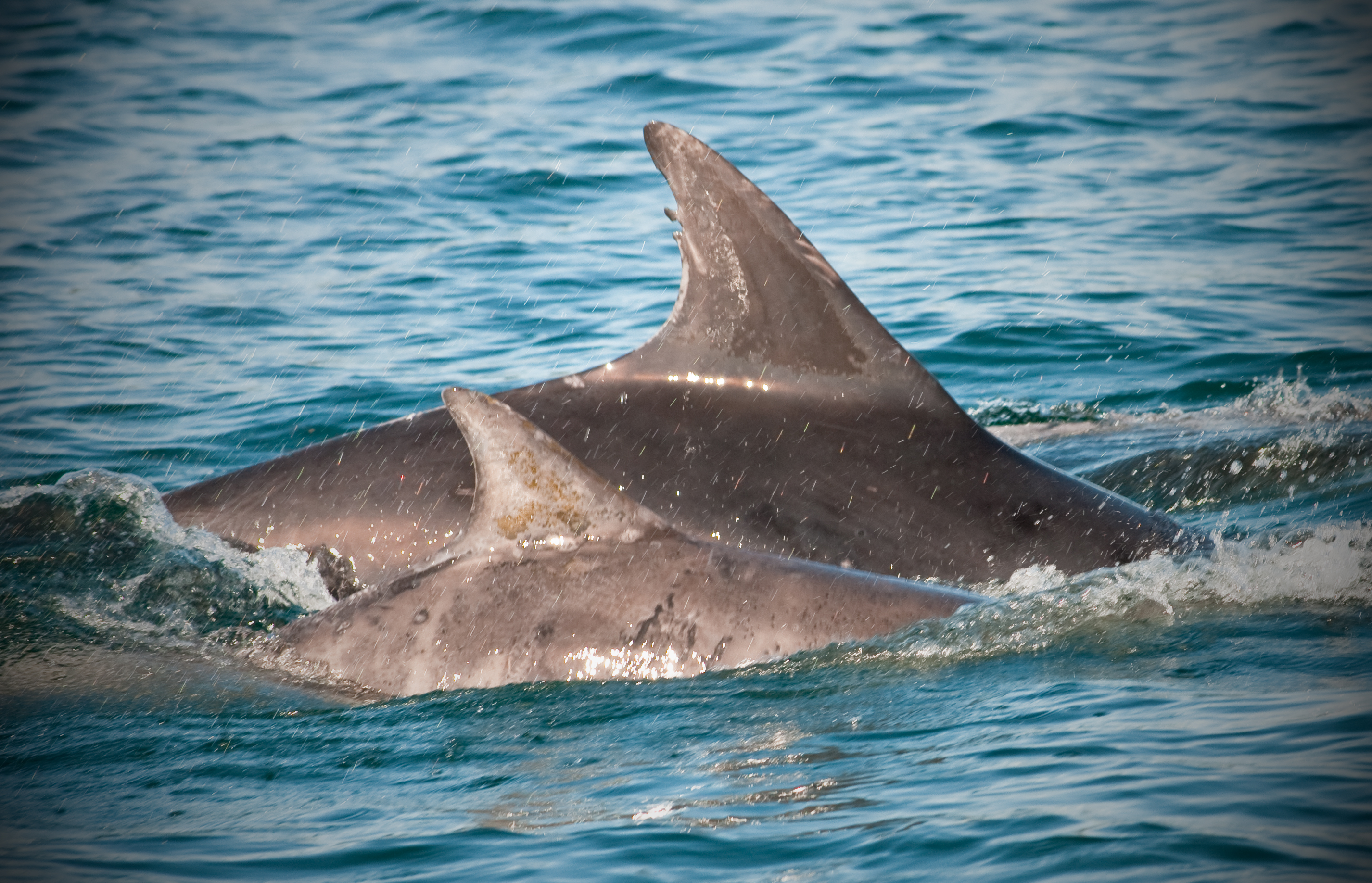

Bottlenose dolphins love riding on the bow waves behind boats.The presence of bottlenose dolphins indicates a healthy marine ecosystem. Ecological nicheĭolphins have an important part of the ecosystem in that they are top-level predators, controlling populations of fish and squid and keeping the ecosystem balanced and healthy. Overall, currently, Common bottlenose dolphins are classified as Least Concern (LC) on the IUCN Red List. Populations have been estimated for a few specific areas: northern Gulf of Mexico - 52,000, the eastern coast of North America - 126,000, eastern tropical Pacific - 243,500, Hawaii waters - 3,215, coastal California waters - 323, Japanese waters - 168,000, western European continental shelf waters - 12,600, Mediterranean Sea - fewer than 10,000, Black Sea - at least several thousand. Population numberĪccording to IUCN Red List, the minimum worldwide estimate for the Common bottlenose dolphin is 600,000 individuals. Fishing operations can injure or drown dolphins when they get accidentally caught in gear and nets. Hunting still occurs in Peru, Sri Lanka, Taiwan, Japan, and other parts of the world.

As these dolphins are coastal creatures, they are affected by pollution, heavy boat traffic, and habitat destruction.

Climate change is the main threat to bottlenose dolphins, due to the warming of seas and oceans, sending dolphins to colder waters outside their habitual ranges.


 0 kommentar(er)
0 kommentar(er)
